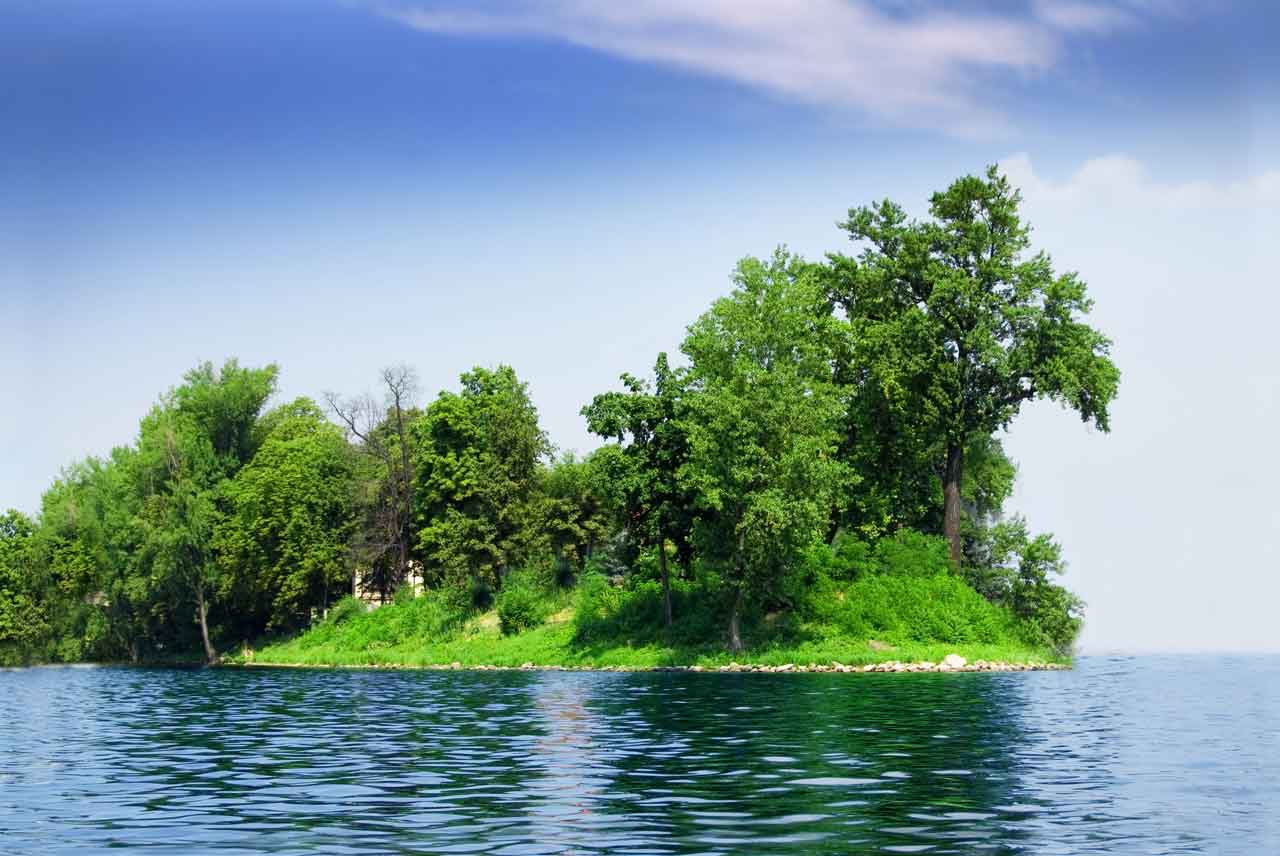On World Environment Day, Kaizzen looks at how the government is trying to protect critical mangrove forests to secure the future of the country’s coastal ecosystems and meet its climate goals.
Kaizzen
Kaizzen has grown to become an integrated digital marketing, PR, and corporate communications agency with pan-India operations. Lauded and recognized across the industry, Kaizzen offers a host of services including design, video, web UI, UX, and technology, thus providing 360-degree solutions to its clients across all sectors. It is a one-stop shop solution for all your brand worries.

Back in the game
Post-Pandemic Trends & Future
We create
brand stories
Since 2016
One of the first things you should know about us is that we don’t do everything. But what we do, we do well.
Meet Our Team
VIEW ALL TEAM MEMBERS
Kaizzen has handpicked some of the best leadership in the industry.

Vineet Handa
Founder and CEO

Nikhil Pavithran
COO

Suresh Rangarajan
Senior VP - South

Dipankar Zalpuri
President - MENA Region

Prashant Subramanian
Vice President

Ankita Malik
Vice President-North

Ashish Gupta
Director Insights

Reena Rana
Director - Strategic Business Global

Roshni Donny
AVP- Digital

Sonali Chakravorty
Branch Head - Hyderabad

Adiba Amin Bhat
Account Director
Awards and Accolades
AWARDS
Kaizzen has handpicked some of the best leadership in the industry.

Payworld
Financial Inclusion & last mile connectivity in India

Best Media Relations Adidas
Changing lives through the power of sports

Adidas
Rebuilding the sporting spirit of Kashmir, through football

Adidas
Rebuilding the sporting spirit of Kashmir, through football
Privacy Policy
We collect the minimum amount of information about you that is commensurate with providing you with a satisfactory service. This policy indicates the type of processes that may result in data being collected about you. Your use of this website gives us the right to collect that information.

Digital Marketing
Breaking the shackles of traditional PR methods, we’re a step ahead when it comes to establishing and maintaining relationships.

Public Relations
We’re constantly evolving to present the best and the latest in digital practices that positively impact reputation.

Design
Created with utmost passion and dedication, our designs speak a language of their own.

content studio
We create winning formulas through our bespoke video content that is engaging and interactive.

Ui, Ux And Technology
We’re master craftsmen when it comes to creating web pages that generate business.

Public Affairs
Public affairs directly deal with the matter of policy
and laws and administration which affect the community at large.

Kaizzen Insights
KAIZZEN INSIGHTS is the Knowledge Bank on the very ‘Particle Of Matter’ for your Executive Thought Leadership and Policy Advocacy programme.From Opinions and Views to White Papers on issues and trends of contemporary importance that impact businesses, brands, consumers and the general public, our research mindset on critical matters also consider the future of the industry and marketplace.

Kaizzen GST
We at Kaizzen Insights believe that Growth, Stability and Transformational should be the new terminology for GST as it steps into its sixth year.While its journey, at times, may have been messy and turbulent and witnessed significant disagreements among its members at the GST Council, it has achieved many of its objectives.

Kaizzen ESG
As ESG (environmental, social, and governance) expectations reshape today’s economic landscape, let us help you transform your objectives into sustainable impact.Consumers today are demanding that companies be transparent and accountable. They expect companies to demonstrate their commitment to social responsibility and environmental sustainability. Environmental, social and governance (ESG) risks and opportunities have moved to the top of the agenda for organizations

Kaizzen Care
Kaizzen Care believes in celebrating the achievements made by women and reinforcing how we can continue to empower, elevate and inspire women. With our ‘Kaizzen Cares’ initiative, we are doing our part to uplift women’s confidence, strength, and freedom in India. By supporting women today, we can bring long-lasting change in our society and communities as a whole.

PR is all about persuasion!
To be able to influence others to buy into our ideas is a valuable asset The PR industry has evolved tremendously in the last decade. Today, we have tools, techniques which make our job a lot easier and way more planned.

Back in the game
Post-Pandemic Trends & Future
Saving Sunderbans, protecting the Environment
By Ashish Gupta
(Director, Kaizzen Insights)
Mangrove forests are coastal rainforests, also known as “tidal forests” or “coastal woodlands”. These forests and situated at the interface between land and sea in tropical and subtropical areas and can withstand the harsh conditions of high salinity, extreme tides, strong winds, high temperatures, low oxygen, and muddy soil. Gifted with breathing and deep roots they anchor the soil and play an important role in the risk-reduction strategy. are one of the most productive ecosystems in the world.
The real tragedy is that over the years the area under the mangrove forests has dwindled because of man-made and natural disasters, with India being an outlier. The apprehensions expressed by experts on declining mangrove cover are easy to understand. Coastal ecosystems like mangroves are the first line of defence against waves, typhoons, and storm surges. They also filter seawater, protecting underground freshwater reserves and providing habitat and refuge to a wide array of wildlife such as birds, fish, invertebrates, mammals, and plants.

More importantly, mangrove forests also play a significant role in meeting India’s decarbonisation goals, of achieving net-zero emissions by 2070. They capture massive amounts of carbon dioxide emissions and other greenhouse gases from the atmosphere, and trap and store them in their carbon-rich flooded soils for decades.
Realising the importance of such mangrove forests, the Narendra Modi government launched the Mangrove Initiative for Shoreline Habitats & Tangible Incomes (MISHTI) scheme as part of the Budget 2023-24. The objective of the scheme is to conserve and restore the mangrove ecosystem along the coastline, which is critical to mitigating the effects of climate change, preventing coastal erosion, and sustaining local livelihoods. This is imperative in times of climate change.



























